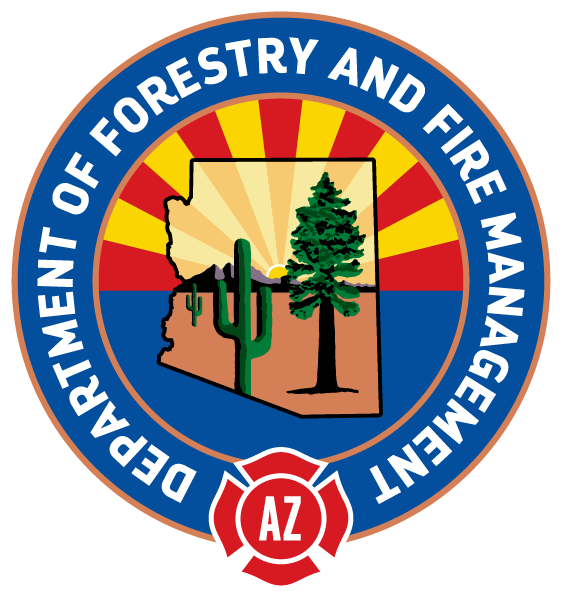Cold Air and Chill Requirements Click Here for PDF of Cold Air and Chill RequirementsAt a local scale, cold air tends to sink while warm air rises. When night approaches, especially in fall, winter and spring, cold air from higher elevations of a landscape can flow slowly downslope and collect in low areas at the bottom. Valleys carry “rivers” of cold air. Is your site located at or near the bottom of a drainage, canyon or wash? Do you occasionally or frequently have frosts or heavy freezes? Accumulations of cold air can be a problem for trees that are cold sensitive. Since this cold air may cause late spring freezes, do not place cold-sensitive trees in low-lying areas. If your site is in a low-lying area, place trees in warmer locations such as the south side of buildings where heat absorbed by walls on sunny winter days can re-radiate to nearby plants at night. Other built and natural features can moderate cold temperatures, such as rainwater harvesting tanks, pavement, walls, thick vegetation and ponds. Cold air flows down slopes to pool at the bottom. If your site has an elevation gradient, to increase fruit production place cold-sensitive trees higher on hillsides—if soil is deep enough to support them. A vertical distance of a few feet to a hundred feet above valley floors can make a difference in cold conditions and frost events. Placing cold-sensitive trees on south-facing slopes will provide them with warmer winter temperatures than nearby north-facing slopes would provide. In contrast, desert locations where cold air accumulates can benefit trees that need a certain number of chill hours to bloom and fruit. Planting fruit trees on north-facing slopes in desert areas may lengthen chill hours, delay spring bud break and help avoid damage from late spring frosts. Climate change could result in decreasing chill hours in Arizona regions in the future. However, having fewer chill hours does not necessarily mean having fewer freezing nights and less frost risk, so continue to protect vulnerable trees from cold. |
Cold air drains down slopes and pools in low areas. You can plant citrus and other cold-sensitive trees on slopes if they need protection from cold air. In desert areas, plant deciduous fruit trees that need more chill hours in locations where cold air pools. |
|
To increase reliable harvests, local food security and ecosystem resilience, carefully select tree types that tolerate the temperatures, chill hours and heat conditions in your region. Many edible trees have multiple varieties/cultivars that produce better in warmer or colder areas, as shown on the table Cold Sensitivity Information for Selected Edible Trees on this page. Learn more about chill hour requirements for edible tree species here, including viewing a table of chill hour requirements for selected edible tree species and low chill varieties. The Arizona Edible Tree Directory provides a range of information on edible trees and understory plants including chill requirements and frost sensitivity. In addition, you can consult your local nurseries or Cooperative Extension specialist for more information about trees in your area. Download the Cold Sensitivity of Selected Trees Table PDF (shown below) |
CAUTION: Never eat anything that is not properly identified. It is your responsibility to ensure that all fruits, nuts, seeds, pods and other edible products of trees and shrubs are correctly identified and safe to eat before eating them or serving them to others.
Copyright 2023
LEAF is under the fiduciary stewardship of the Arizona Community Tree Council, a 501(c)3 non-profit organization.
70 S Val Vista Drive, Suite A3-186, Gilbert, AZ 85296




